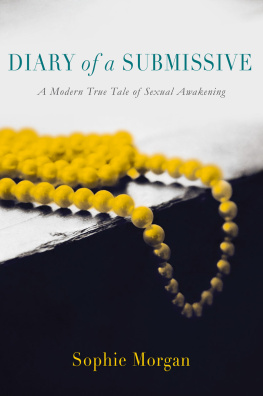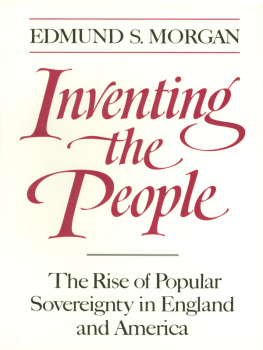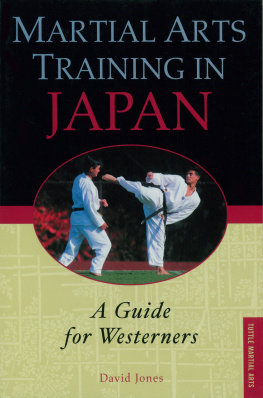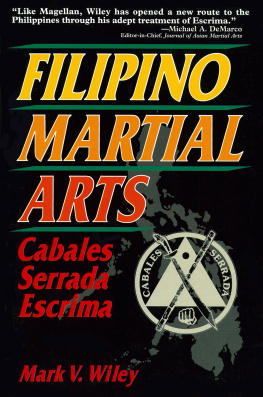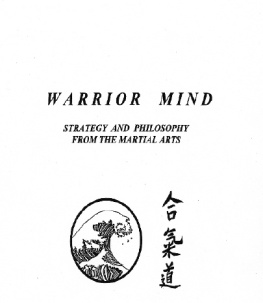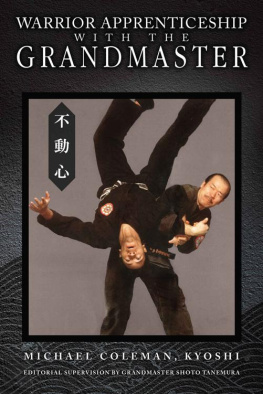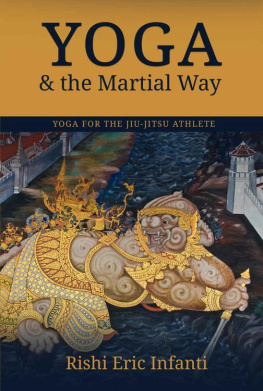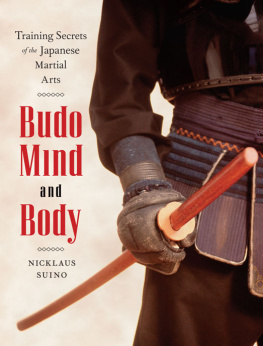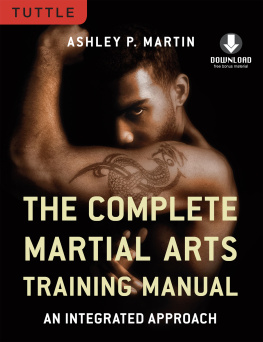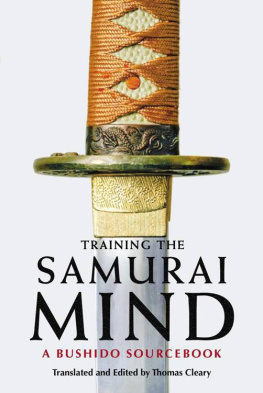ACKNOWLEDGEMENTS
I would like to thank all my friends in the martial arts whose constant encouragement motivated me to write this book. I would also like to thank all my instructors, past and present, for giving me the technical foundation to undertake a project of this nature. Finally, my deepest gratitude goes to my family, Susan, Samuel, and Aubrey, who patiently endured the long months of neglect while I labored over this manuscript.
I would like to express my special appreciation to the following schools for allowing me to photograph their students and instructors: Gokyo Dojo and Sandia Budokan, Albuquerque, New Mexico, Frederick Tart, Head Instructor; Hakkosen Dojo, Aurora, Colorado, Dennis Palumbo, Head Instructor; The Korean Academy of Taekwon-Do, Aurora, Colorado, Jae T. Chung, Head Instructor; Runes Kung Fu Institute, Parker, Colorado, J.T Runes, Head Instructor.
Appendix A
GLOSSARY
The following is a selected glossary of foreign words and martial arts terms used in Living the Martial Way.
AI: Blending, harmony, joining, or union. Also, to concentrate or focus. (Japanese)
AIKI: United spirit. The spiritual principle of destroying an adversarys will to fight, or the physical act of dominating an adversary by harmonizing with his force and redirecting it. (Japanese)
AIKIDO: Modern budo system derived from Daito Ryu
AIKIJUJUTSU: (Japanese)
AIKIJUJUTSU: Daito Ryu and the family of jujutsu systems descended from it emphasizing the development and use of aiki. (Japanese)
AIKIJUTSU: The art of aiki. (Japanese)
AI UCHI: Literally harmonizing strikes. A circumstance of mutual killing in which two adversaries strike each other simultaneously. This concept is common to classical Japanese martial arts, particularly kenjutsu. (Japanese)
ANATMAN: Nonsoulness. A Buddhist doctrinal tenet that proposes man does not possess a soul. (Indian)
BAKUFU: The administrative bureaucracy of Japans Tokugawa Shogunate (1600-1868). (Japanese)
BODHISATTVA: Literally enlightened being. A minor deity in Mahayana Buddhism. (Indian)
BUDO: Martial way. Originally referring to The Martial Way, a warrior way of life devoted to self development, but now more commonly used in reference to specific modern combative systems. (Japanese)
BUDO SHOSHINSHU: A 16th century treatise on Japanese warrior ethics and life style written by Daidoji Yuzan. (Japanese)
BUGEI: Literally martial art. The classical methods of fighting developed by Japanese warriors for the sole purpose of real combat. (Japanese)
BUJUTSU: Same as bugei. (Japanese)
BUNKAI: Application. To practice forms or other solo training methods with a partner. (Japanese)
BUSHI: A warrior of the samurai caste. (Japanese)
BUSHIDO: Literally Way of the Warrior. A feudal code of Japanese warrior ethics evolved from Confucian thought. (Japanese)
CHAN: The Chinese meditative sect of Mahayana Buddhism. (Chinese)
CHI: Vital energy or spirit. (Chinese)
CHIN NA: Grappling art. (Chinese)
CHUNG DO KWAN: Blue Wave School. Taekwondo (originally Tae Soo Do) system founded in 1941 by Won Kook Yi. (Korean)
COMAULT: A drill command roughly meaning snap to or form up at attention. (Korean)
DAIMYO: Literally great name. A warlord in feudal Japan. (Japanese)
DAITO RYU: Great Eastern School. A school of classical martial arts dating from the Heian period and passed down to the Takeda family. Source of the family of aiki-arts. (Japanese)
DAN: Degree or grade. A category of rank often indicated by a black belt. (Japanese and Korean)
DESU: A relational in the Japanese language meaning that is, they are, etcetera. (Japanese)
DIM MAK: Purportedly, a Chinese system of strikes and touches that disrupt the victims vital force, injuring organs to cause illness or death sometime later. (Chinese)
DO: A suffix meaning way. (Japanese and Korean)
DOBOK: A training uniform. (Korean)
DOJANG: Training hall. (Korean)
DOJO: Literally way place. A training hall. (Japanese)
DHYANA: The Indian meditative sect of Mahayana Buddhism. (Indian)
GI: A training uniform. Japanese)
GIRI: Literally right reason. A sense of obligation or duty. Japanese)
GO RIN NO SHO: A Book of Five Rings. The classical treatise on sword strategy and tactics written by Miyamoto Musashi in 1645. (Japanese)
GUP: Class. A category of rank for ungraded students, those who havent reached the dan ranks. (Korean)
HAKAMA: Pleated, skirt-like pants worn by practitioners of the classical Japanese martial arts and some traditional budo systems. (Japanese)
HAKKO RYU: Eighth-Light School. Jujutsu system developed by Ryuho Okuyama in 1941 from Daito Ryu Aikijujutsu. (Japanese)
HANSHI: A master instructor or the headmaster of a ryu. Japanese)
HANTACHI: Literally half standing. A stance on one knee. Also, a training format in which one student is standing and the other
kneeling. (Japanese)
HAPPO ZANSHIN: Keenly alert in eight directions, (see zanshin) (Japanese)
HARA: Literally belly. The center of the body where ones soul resides. (Japanese)
HARAGEI: Belly art. The physical art of controlling and moving from ones center. Mental and spiritual connotations synonymous with intuition and courage. (Japanese)
HINAYANA: Literally the smaller vehicle. A name by which the Mahayana Buddhists commonly refer to the Therevada sect. (Indian)
HWARANG: Literally flower of manhood. A warrior society in the 6th century Korean kingdom of Silla. (Korean)
HWARANG-DO: The ethical code developed by warriors in the 6th century Korean kingdom of Silla. Also the name of a modern martial way founded by Joo Bang Lee. (Korean)
I: Mind. (Chinese)
IAIGOSHI: A ready posture kneeling on one knee. (Japanese)
IN: The soft, female, dark, or negative principle of nature. (Japanese)
IPPON SEOI NAGE: One-arm shoulder throw. A throw common to judo but used in some other arts as well. (Japanese)
ITTEN: Literally one point. A point in the lower abdomen about three inches below the navel. (Japanese)
ITTO TENSHIN RYU: A school of kenjutsu from the late Edo period, founded by Kurosawa Kojiro. (Japanese)
JEET KUNE DO: A modern, eclectic combative system founded by Bruce Lee. (Chinese)
JINZA: A shrine. (Japanese)
JU: Suppleness, flexibility, or yielding.(Japanese)
JUDO: Yielding way. Modern budo and combative sport derived from jujutsu. Founded byjigoro Kano in 1881. (Japanese)
JUJUTSU: Yielding art. General term for a wide range of hand-to-hand combat arts, usually emphasizing grappling and throwing, from feudal Japan. (Japanese)
JUTSU: Art or technique. (Japanese)
JUJUTSUKA: One who practices jujutsu. (Japanese)
KAIDEN: Literally final teaching. The highest grade in some traditional Japanese arts. One who has mastered a system. (Japanese)
KAMI: A spirit as conceived in the Shinto religion.(Japanese)
KAMIZA: Literally spirit seat. A shelf on the front wall of a Japanese style training hall where a shrine often resides.
KARATE: Empty hand. System of combat developed on Okinawa emphasizing striking. (Japanese)
KARATE-DO: Modern budo form of karate. (Japanese)
KATA: A formal, prearranged exercise. (Japanese)
KATSU: Victory. (Japanese)
KENJUTSU: Sword art. Classical Japanese swordsmanship. (Japanese)
KI: Spirit, breath, the life force. (Japanese and Korean)
KIAI: Focused or concentrated life force. Also a spirit shout.
KIME: Focusphysical, mental, or spiritual. (Japanese)
KIRISUTE GOMEN: Killing and going away. The legal right the shogun granted warriors to kill disrespectful commoners on the spot. (Japanese)
KOEN: A riddle with no logical answer used in the Rinzai sect of Zen to confound the conscious mind and allow the aspirant to achieve spontaneous enlightenment. (Japanese)



